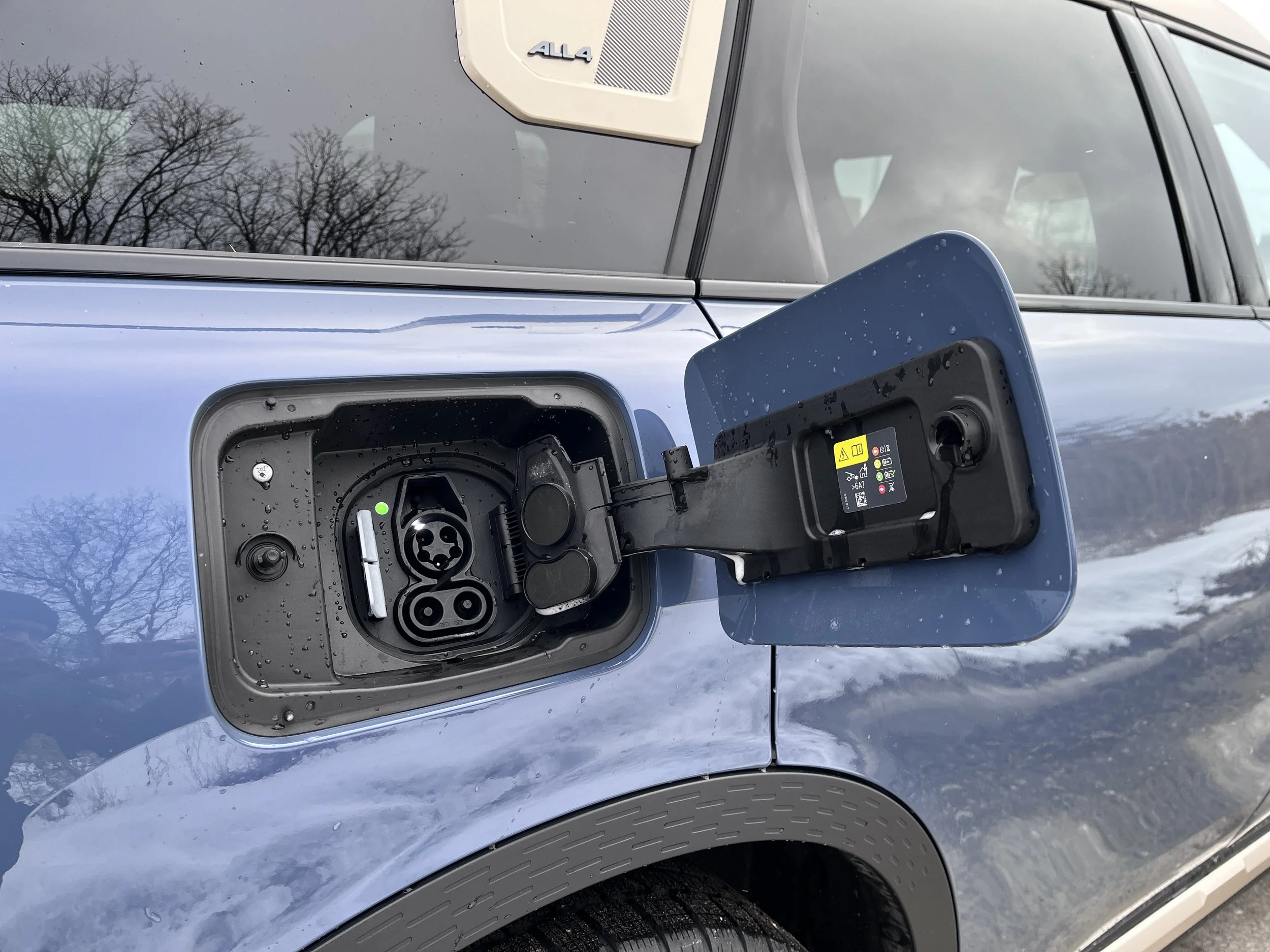4 key things to remember as driving routines rev up this autumn in Ontario
/This autumn’s driving routine looks a bit different compared to last year for many drivers in Ontario. As the country navigates a slow and steady reopening amidst a fourth wave, kids are returning to in-person learning, adults are beginning to commute to work in some capacity, and facilities and amenities are staying open – long gone are the traffic-free days of COVID lockdowns.
A recent survey conducted by OK Tire through Leger revealed the majority of Canadian drivers kept up with their vehicle maintenance throughout the pandemic – a whopping 90%. As people get behind the wheel more and more regularly as we approach winter, OK Tire recommends these four ways that drivers can continue to stay safe, responsible, and take care of their vehicles:
1. Don’t let your gas tank get too empty. Though the gas itself won’t freeze because it’s a mixture of chemicals, it’s not a bad idea to make sure your gas tank doesn’t fall below half empty or a quarter empty in the frigid weather. When there’s not a lot of gas in your tank, that means there’s much more air. If the air is warmer than the cold gas tank walls, condensation can occur – meaning water forms and is susceptible to freezing. Plus, always having gas in the tank will ensure you never need to worry about hitchhiking when it’s below zero.
2. Protect your windshield wipers from damage and fix those cracks in your windshield. Though it might be tempting to try and remove built-up ice from your windshield with your wipers when you’re in a pinch, this is a bad idea. Sharp and jagged ice can ruin their rubber and lead you to the store for a replacement. You also shouldn’t ignore the cracks or chips that may have been embedded into your windshield for a while now. Though the cold will not cause new cracks, it can cause the ones already there to further split and get worse, leading you to yet another full-fledged and costly replacement. Be kind to your car and don’t ignore that it needs care and support just like humans do.
3. Ensure your heater is working properly. Though this might seem like an obvious given, it’s possible that malfunctions may have occurred over the summer when you didn’t need your heater. It never hurts to have a service professional assess your vehicle’s coolant level and heater core (which acts as a small radiator) before the cold weather starts so that you’re not stuck in the cold without proper heat. A broken heater will lead to more than just your frozen hands and chattering teeth – it stops your defroster from blowing hot air and getting rid of ice and fog on your windshield, making driving your vehicle a huge safety risk in the winter.
4. Inspect your winter tires. In Canada, winter approaches fast and hard, sometimes without even so much as a warning. Though not every province across Canada has winter tire mandates, getting them installed on your vehicle is an important thing to consider, especially if you are on the roads regularly in the colder months. If you can’t remember the last time you purchased a set of winter tires, it’s probably safe to say it’s time for a replacement – winter tires are generally meant to last a handful of seasons, but this can vary depending on the type of tires. Your local auto maintenance shop is always available to install and provide a wide variety of winter tires that are best suited for your car













